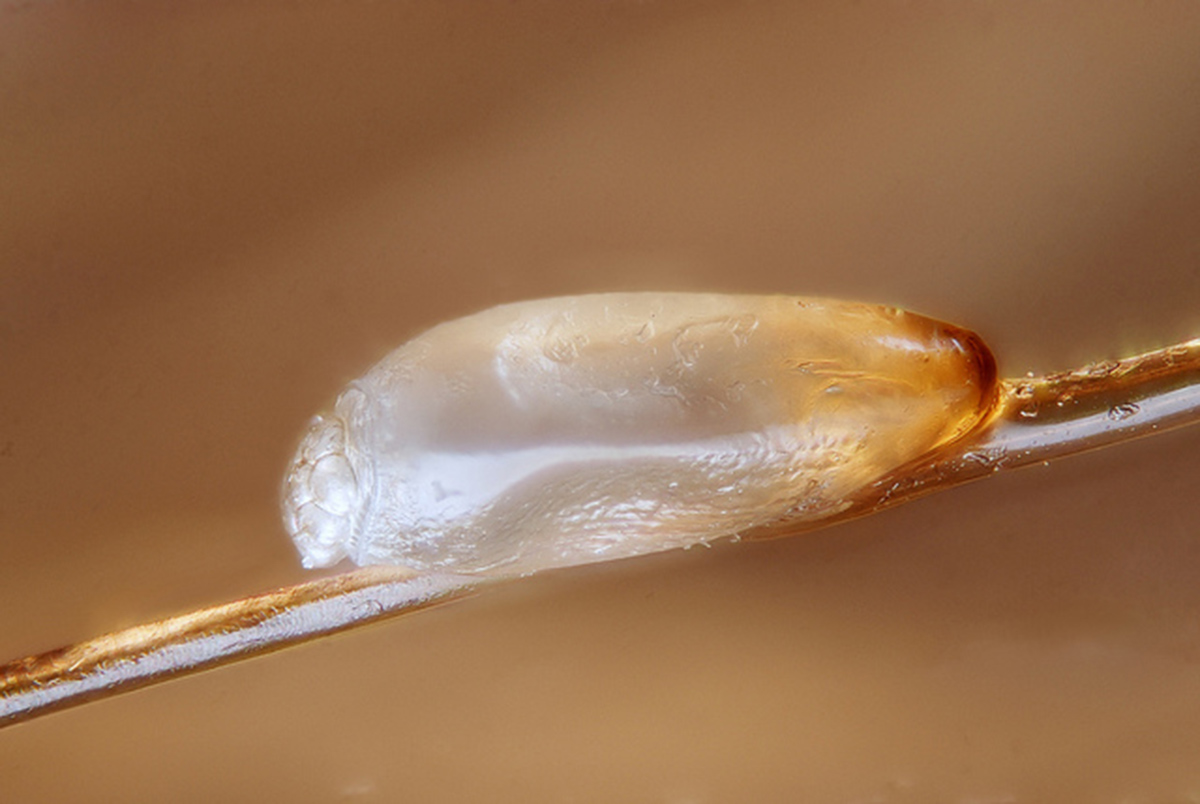Table of Contents
Lice are six-legged parasites that are becoming increasingly resistant to shampoos and over the counter treatments. Spread from student to student as they huddle over their phones and iPads, lice are resurgent as a major American health problem.
The first thing to do when you hear about lice in your children's school (or someone with whom you are intimate informs you that you have crabs) is to stop their spread. Doing this, of course, requires knowing how these tiny parasites move from person to person.
How Do Lice Spread from Person to Person?
Different species of lice spread in different ways.

- Head lice most often spread by direct contact or by air flow. Among small children (especially in damp, overheated classrooms) they spread from child to child by skin-to-skin contact. They can also be spread by sharing hats, caps, combs, scarves, pullovers, coats, or bedding. Lice can be spread from person to person while blow drying hair. Head lice can also crawl from place to place at a rate of about 2/3 of a foot (22 to 24 cm) a minute, although they have trouble attaching their feet to leather, plastic, or other smooth surfaces. Head lice are most common during warm, humid weather, and among children aged 3 to 13.
- Body lice are spread by direct skin to skin contact or by sharing clothing, towels, or bedding. Body lice are most common during cold weather, and among homeless people.
- Pubic lice are spread during sexual intercourse, and in shared bedding. Children who have pubic lice have not necessarily been sexually molested. They can contract the lice by sleeping in their parents' bed. Pubic lice are most common among adults who have multiple sex partners.
What to Do Next When You Have Head Lice
Once you know where the lice are coming from, and you stop their spread, then you can take concrete steps to get rid of them.
- The first step in controlling head lice is to kill as many as you can. This means putting all recently worn clothes in the washer and then drying them in a clothes dryer for at least 45 minutes. Washing, soaking, or drying items at a temperature greater than 130°F (55°C) can kill both head lice and nits. Items that can't be heated in the drier should be wrapped in plastic for at least 48 hours. This starves the lice in upholstery and non-washable clothing. Dry cleaning also kills lice.
- The second step in controlling head lice is to remove as many as possible from infested skin by combing them out. Manual removal is always necessary to get rid of lice for good. Comb the hair with a fine-toothed comb, emptying the comb after each pass of the hair onto white paper or plastic that you later throw away. Shake the comb clean before making another pass through the hair, removing lice each time. Then discard the paper or plastic and the lice into the trash. Don't leave it out, allowing the lice to escape.
- Repeat the process every day for 7 to 10 days. Use anti-lice shampoos every day, but don't rely on shampoo or ointments to do all the work.
- Be aware that alcohol-based shampoos (Ulesfia) dry out the scalp if they are used every day. If the scalp is not thoroughly rinsed after using the shampoo, itch and irritation can actually get worse. Malathion-based shampoos (Ovide) are inherently toxic to humans as well as to lice, although they do get rid of the infection. A better option is a non-toxic silicone shampoo called dimethicone, available in Europe and Canada but not in the United States.
- Araujo A, Ferreira LF, Guidon N, et al. Ten thousand years of head lice infection. Parasitol Today. 2000 Jul. 16(7):269.
- Walsh J, Nicholson A. Head lice in children--a modern pandemic. Ir Med J. 2005 May. 98(5):156-7.
- Photo courtesy of Gilles San Martin: https://www.flickr.com/photos/sanmartin/4900275659/ and https://www.flickr.com/photos/sanmartin/4900274585/


Your thoughts on this